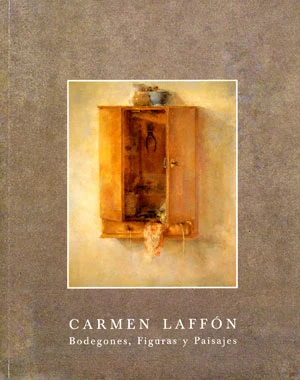Carmen Laffón. Bodegones, figuras y paisajes

<p></p>
The retrospective exhibition of this artist from Seville, who won the National Fine Arts Award in 1982, brings together over one hundred of her works that not only exemplify the pictorial maturity she reached, but also reveals how her figurative style and her lyricism, that is more classical than romantic and which extracts the effects of light and chromatics (her landscapes are decidedly reminiscent of Corot), gradually rely on more solid and structured compositions, resorting to, from the early 1970s, the organisation in horizontal bands, as exemplified by her still lifes and the series Azoteas. Carmen Laffón’s pictorial drift, as pointed out by the art critic Kevin Power, is "the tendency to abstraction from an atmosphere of intimacy."
Her paintings are grouped together thematically in series (Historia de Marcelina, El río y sus orillas, Sanlúcar de Barrameda or Los armarios), which means the works do not follow a strict chronological order. Instead, the series respond to the small and intimate material world in which Laffón concentrates her pictorial interests and are evidence of how each motif is transformed in response to the stimuli received on each occasion. In this way, the series do not imply repetition nor is her figurative language an imitation.
In this artist's work silence plays a role as important as reason, which, according to María Corral, curator of the exhibition, comes from the fact that she paints "emotions that are found both inside and outside, not explicit, but suggested". In this sense, her painting is a recreation of a space that has been previously inhabited, crossed or manipulated by someone (someone who places the objects and the fruit in her still lifes, someone who rises from a chair, who looks out the window, who uncovers the sewing machine or who leaves a letter in a display case after reading it) and who has permeated it emotionally with their presence.
Artists
Organised by
Museo Nacional Centro de Arte Reina Sofía
Image gallery


